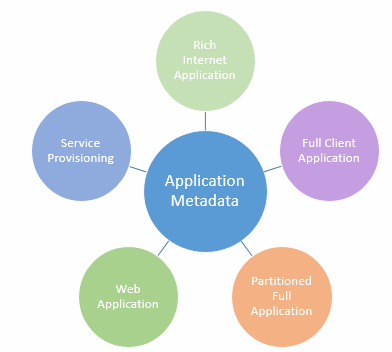Supporting Deployment Architectures (Magic xpa 3.x)
GigaSpaces’ XAP in-memory computing technology is the middleware that implements
Magic xpa’s functionality on the In Memory Data Grid. The GigaSpaces middleware is the underlying messaging layer of Magic xpa.
The In-Memory Data Grid (IMDG) does away with a single point-of-failure by spreading out the logic across multiple servers running on multiple machine instances (physical or virtual). In the IMDG, the business logic tier, data tier and the messaging tier reside together on each of the space partitions and are stored in memory. Since the data is managed in memory, disk access is reduced.
Each partition handles all of the logic in a processing unit. Each processing unit holds a subset of the data. Together, the partitions make up the Magic Space, which for all intents and purposes, works like a database. The processing units are independent of one another, so that the application can scale upwards by adding more processing units.
The capabilities of the Space-based architecture provide built-in active/active clustering and fail-over capabilities for Magic xpa projects. It also enables unlimited linear scalability and improves performance.
Magic xpa caters to various deployment modes using a flexible and scalable architecture.
The deployment architectures facilitate the entire range from Full Client application through Rich Internet Application, including mobile applications, to backend service provisioning.
Magic xpa allows for the deployment of any application by the following models:
-
Rich Internet Application – A fully interactive and fully connected internet-based application that can be activated from any location. This includes mobile applications on Android, iOS and Windows devices.
-
Full Client Application – An application providing fully connected applications that run fully on the client machine.
-
Partitioned Full Client Application – An application that enhances the service level of a Full Client application by partitioning selected tasks to run on a centralized server.
-
Web Applications – Web technology based applications ranging from plain dynamic HTML pages through Ajax-based applications to Flash-based applications.
-
Service Provisioning – A backend application servicing other applications, Web portals, mashups and so forth.


